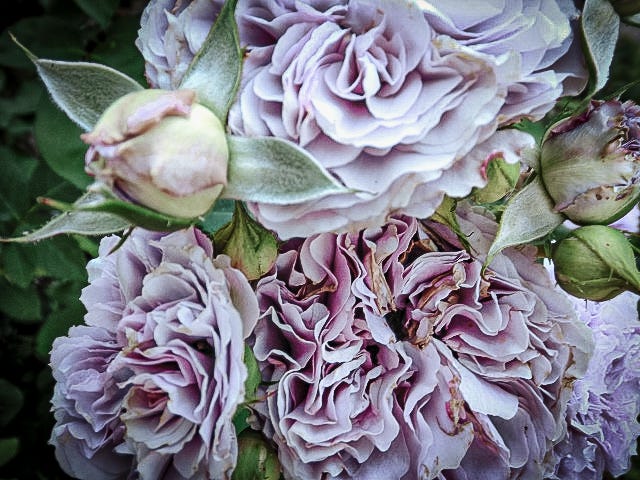Why Venetian gardens are resilient
Recalling 12 - 17 November 2019 & the progress the garden is making
Dear readers, you might recall that 2019 was quite a challenging year in Venice. The city had to face another challenge when a serious flood hit the Lagoon, as serious as the one which hit in November 1966.
Although the city recovered surprisingly quickly “on the surface”, cleaning the gardens were a challenge. So yes, the first part of this post might sound sad, but do keep reading as it’s a story about why Venetian gardens are so resilient.
Just before midnight on 12 November 2019, the lights went out in the third-floor apartment, overlooking the oldest garden in Venice. It had not only rained, it was pouring, and the power lines broke. A tornado swept across the sprawling terraces, breaking the fragile geranium and ancient pomegranate and fig trees. Down came the 40-year-old oleander bushes in their massive terracotta pots, whose rare cream and dark purple blossoms our grandmother Lina, a Venetian hotelier and chef owner since 1945, loves so much.
Only a large yellow rose bush resisted the storms, growing on top of the terrace, lovingly taken care of by our neighbors Gianni and Grazia. All year long, it acts like a sentinel, watching over what was once the oldest and largest garden in Venice.
The oleander falling off the terrace hit the ancient silver-purple rose that Lina had received as a gift from the monks of the Lagoon monastery San Lazzaro degli Armeni1. For more than forty years, she had been using its petals to make fragrant jam, tea, and syrup.
The water was rising quickly, turning the vegetable and flower beds in the little courtyard garden into heaps of mud covered by geranium and oleander swept down from the terrace. Within half an hour, Lina’s 50-year-old collection of rare Lagoon herbs was devoured by brackish water rising quickly from the ground. In other words, the loving work of our grandparents, who began restoring the ancient monastery garden plots of San Zaccaria in 1968, was severely damaged in less than an hour by the uncanny forces of nature.
That night, three devastating winds clashed over Venice: bora (northerly wind), scirocco (southerly wind, bringing in the floods from the Adriatic Sea), and libeccio (southwesterly wind, blowing across the Italian peninsula from Tunisia and the Balearic Islands). When these three winds meet during a tremendous storm, which happens every 20-30 years, they always wreak havoc in the Lagoon.
In the house, we were luckier: On the first floor, the refrigerators and other electric appliances were removed at the last minute before their sockets drowned in the rising water. Walls and carpets didn’t dry properly for another six weeks, and at Christmas, you could still make out the white lacings left by the salt water on the walls.
Winter felt like Venice was finally able to take a collective break, trying to recover from the devastations caused by the flood. Homes were getting dry again, and Venetians were assessing the damage. When January 2020 came and a new decade began, many people in my neighborhood were bracing themselves for a new start. But then, the Covid-19 pandemic forced everything into an involuntary break.
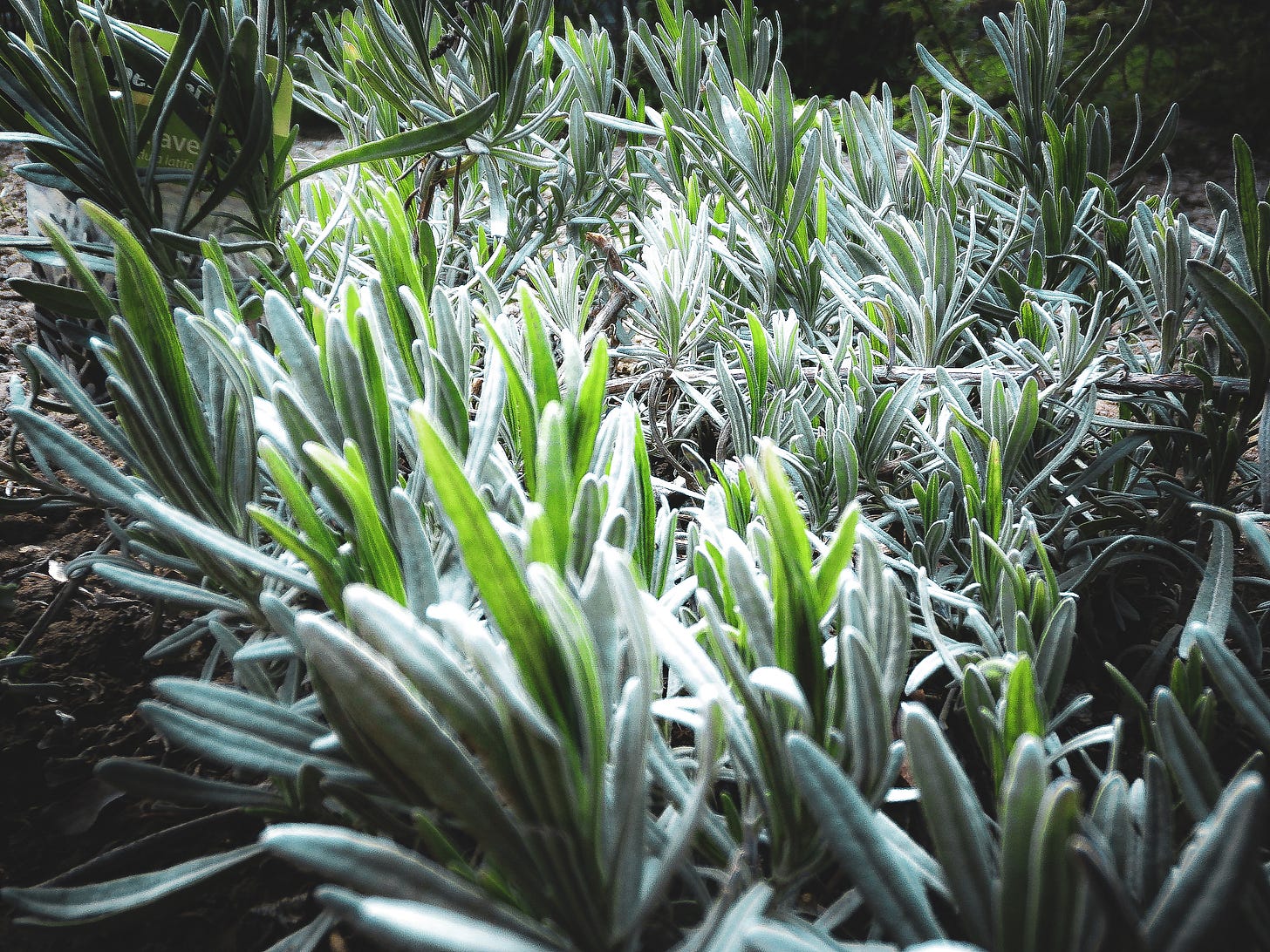
And in the meantime, miracles were worked behind the scenes. Days filled with bland sunshine quickly dried the gardens. What a difference that calm time made to Venice, and for some reason, it also showed in nature regaling us an unsually mild year. Gardens were starting to glow again, step by step, so to say, at their own time.
In Nonna’s garden, a strange but wonderful thing happened.
A yellow rosebush living in an improbable spots, that is on the small upper terrace exposed to the sun and the winds, was blossoming on New Year’s Day 2020!
It must be ancient as not even the nuns, who had been living in this garden before Nonna and her family moved in, could recall who had planted it, and when. A wonderful sign, and that yellow rose continued recovering as spring 2020 was mild.
As a child, I loved to conjure up stories about the rosa gialla - yellow rose of San Zaccaria, wondering what it had witnessed in Venice going on one. And Nonna as well, telling me that this rose could well be the oldest in Venice :-)
But then, returning to our question: Why are Venetian gardens so resilient - recovering after floods and even draughts, and looking so lush?
Put in a nutshell, as Nonna would say: Plant life in the Lagoon is possible because of the extraordinary moist climate and sea breeze, accentuated by frequent spells of cutting-thick fog (called caìgo) occurring especially in late winter and early spring:
When the sun heats up the humid spring breeze circling above the Lagoon, while occasional bouts of cold northerly wind make a morning in spring feel almost freezingly cold. This weather phenomenon causes damp weather in Venice, and cutting fog making your surroundings almost invisible! You might have noticed that cold breeze even on a bright day in February or March.
In any case, that humidity works wonders in the gardens of the Lagoon, “awakening” and obviously able to heal even plants that have already adapted to the salty environment. Otherwise, they wouldn’t be able to live in a Lagoon garden.
So after a bad bout of flood like this, particularly moist air speeds up recovery in plants. And in normal times, it’s the humidity and sea breezse that makes vegetables, herbs and fruit shiny and really beautiful to look at :-)
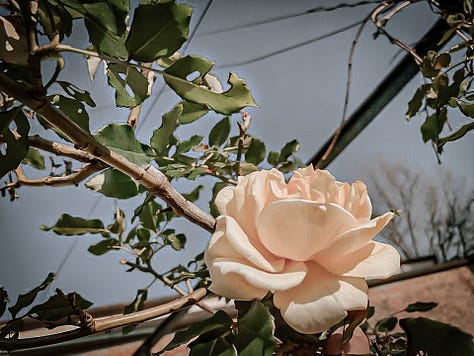
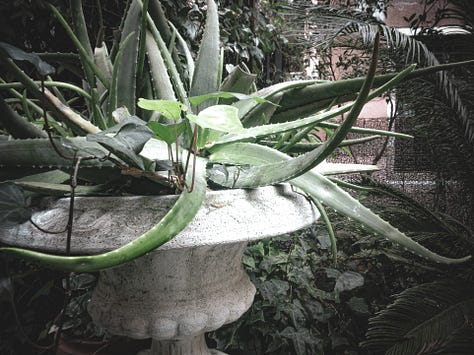
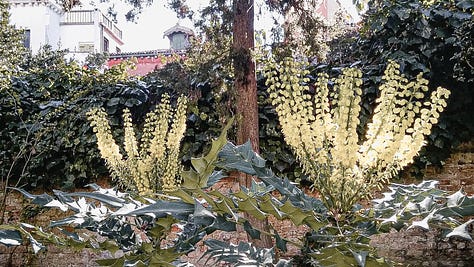
San Lazzaro degli Armeni: Read more about the monastery here on their website.






